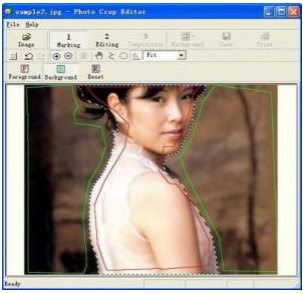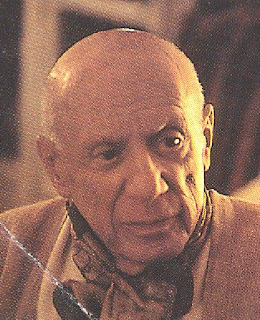
A new aesthetic collage with digital technology
New technologies are winning over more and more artists who are dedicated to where the art of collage or painting, drawing, sculpture, and photography. They use digital technology as a tool in the context of their artistic production. Often the use of this technology is so subtle that it is difficult to distinguish between digital and analog.
Digital allows manipulation and combinations of several techniques such as photography or video is sometimes an art lover finds it difficult to distinguish the different mediums used.
The appropriation and collage techniques that have their roots in Cubist, the dadaists and surrealists in the early twentieth century, already enjoy a long history, the digital has opened up new horizons. Thanks to digital technology, new opportunities open for artists to the art of collage and technology composites. The invisibility of fittings simulates a new reality and gives these images a very new, where the elements were not real transitions between them.
Collages and digital composite images have marked a turning focusing erasing borders. Among the artists who are increasingly using the computer to create complex is the American actor Scott Griesbach art multimedia collage.
By remaining in the art of collage and venturing into that of the image advertising. The latter is no longer a simple representation of a mark but the image carries a concept or a value. Digital technology has contributed greatly to the development of this "consumer culture" of images and art often refers to this theme.
Widely used in the advertising digital collage also calls into question the realism by making it possible realities simulated where hyper realities. The fact that we can also compose a digital image by combining realities of different art forms tends to blur the boundaries between mediums, including painting and photography. The textures are created by printing ink jet on suitable media that rival paint brush.
The elements of the process of composing, writing software, the use of software remain forms of expression that s apparentent the work of collagistes papers but who brings a signature aesthetic entirely new.











